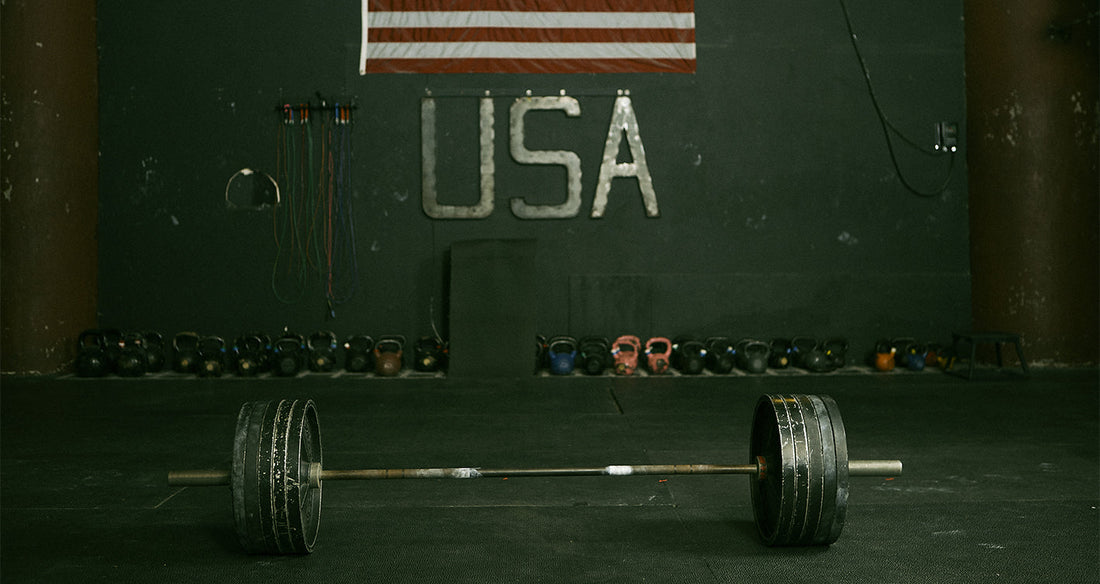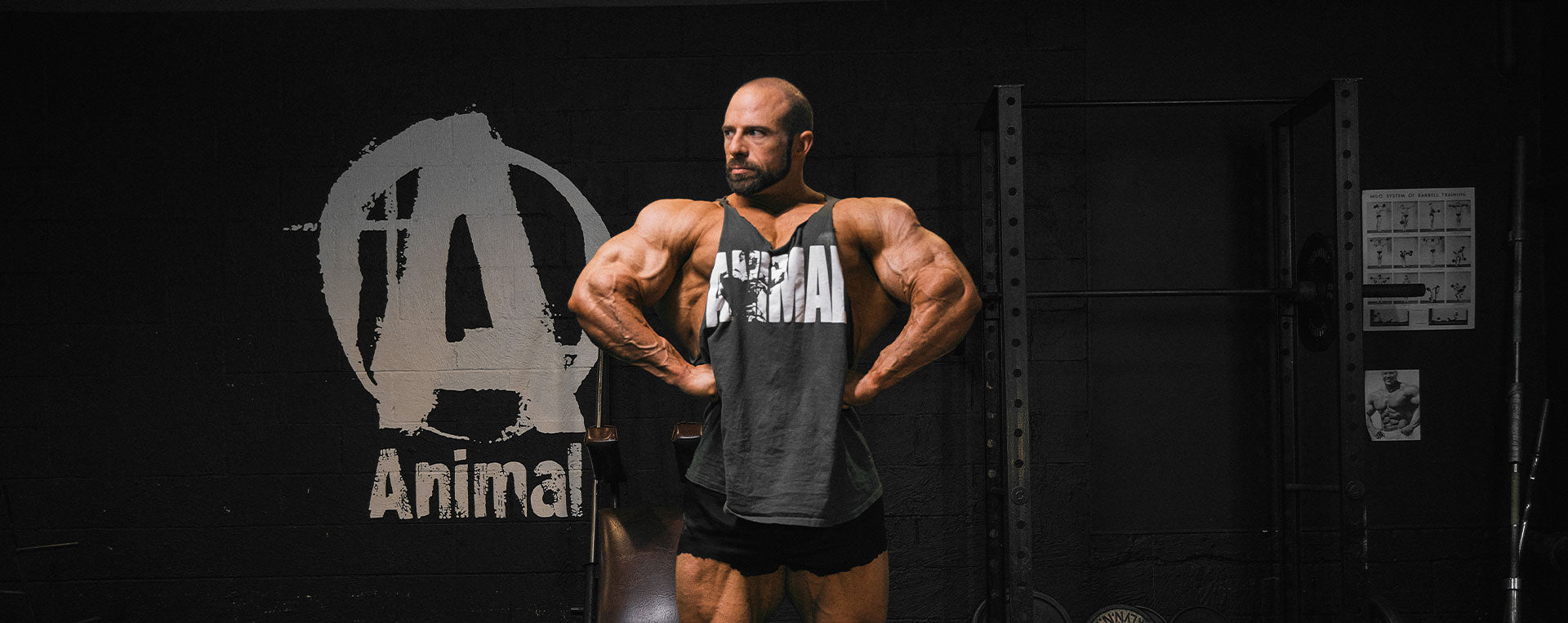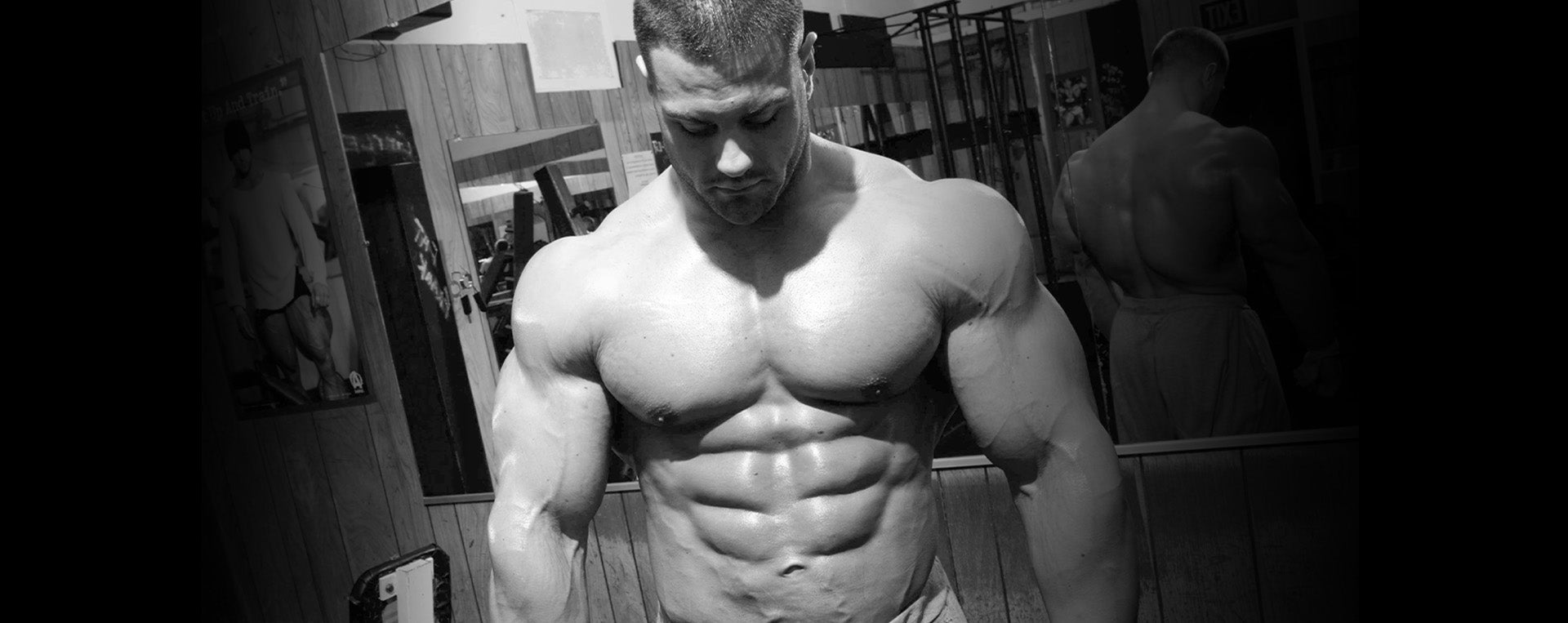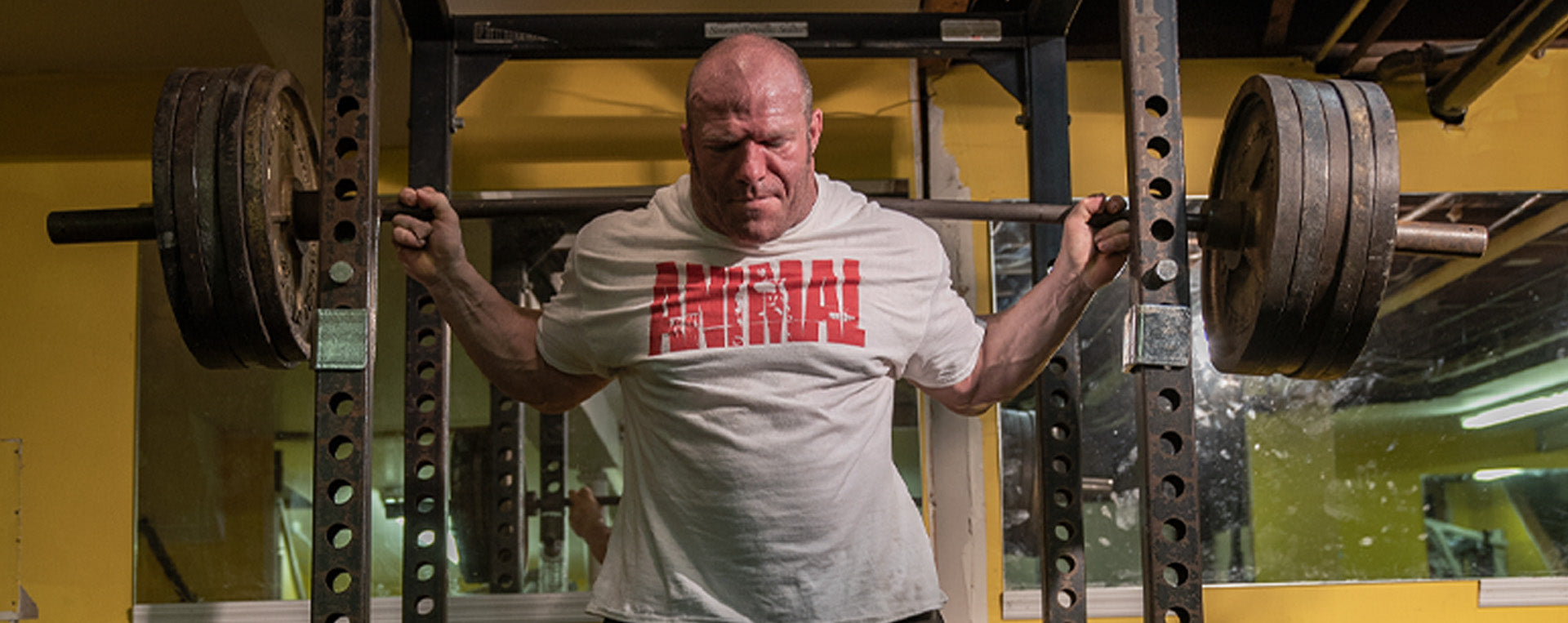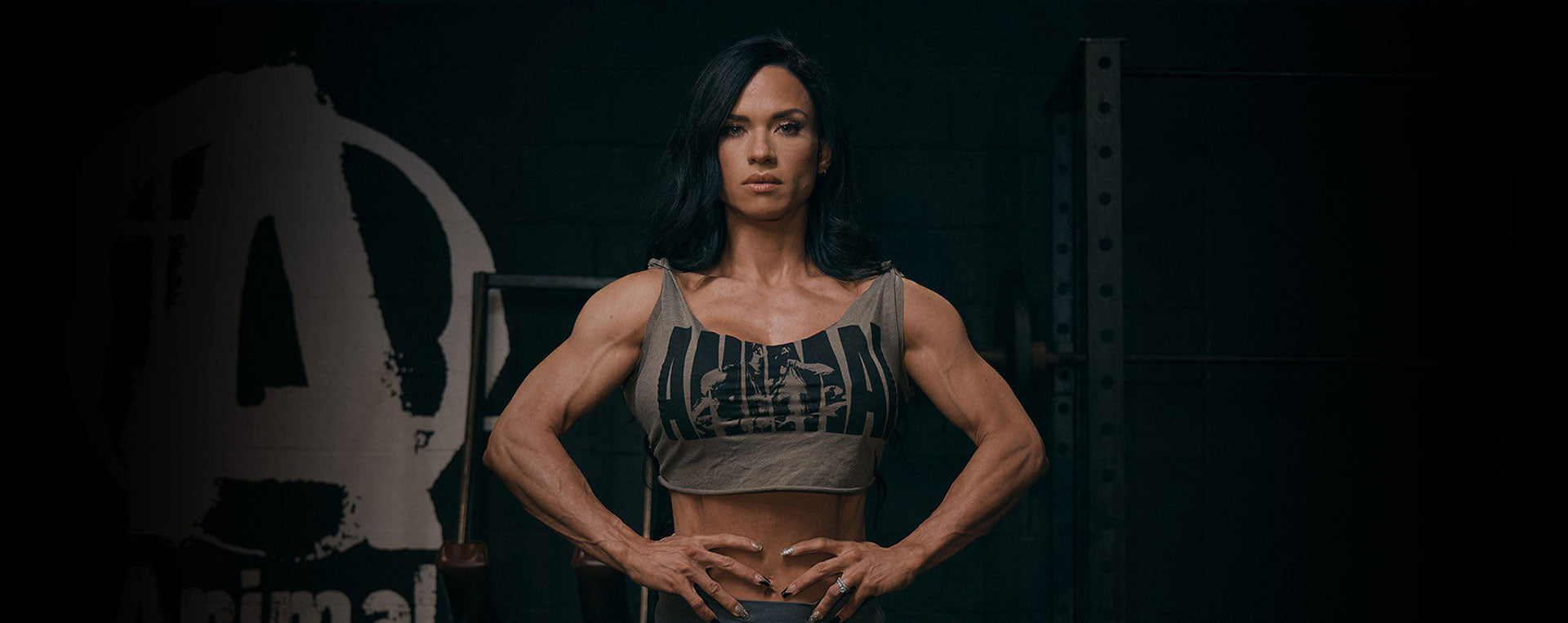But as the waves receded and the numbers backed down, we’ve seen quite a few states—namely Georgia, Texas and Florida—open the doors of their public gyms. But is it truly safe to go in? What measures are being implemented so we don’t end up in lockdown again or, even worse, infected?
The first adjustment a gym should address is the availability of disinfecting sprays and paper towels. In the past, these supplies have always been available but widely unpoliced by the staff. Upon re-opening, members should have access to double or triple the amount of disinfecting stations. They should be able to be easily located and required to be wiped down pre and post use. Staff should enforce disinfecting equipment in the same way that they enforce re-racking of weights.
Next, science has shown the virus spreads through close human contact. That means crowds are a no-no and some gyms get awfully busy at peak hours. Gyms should limit the number of patrons they allow in the gym at one given time, ideally to 20% of their maximum capacity based on their square footage. Everyone should then be able to exercise in their own area, which will assist with distancing measures.
While some gyms may want to operate on a first come first serve basis, others may have the technology to implement an appointment-based system where a member would electronically reserve a slot during the day that they’d like to train. Gym owners can also tape off and space out machines 6ft apart. They can turn off every other piece of cardio equipment so people aren’t breathing heavily next to each other.
Temperature checks, masks and gloves should be considered. While a fever can be the result of many different illnesses, it is too risky at this point in time to allow someone in with an elevated temperature (CDC instructed 100.4F+). Masks can assist with lowering the distance and expulsion of breath and saliva into the air. Gloves can be helpful to not get germs on your hands and also deter you from touching your face. Ultimately, these decisions should be made with your state's department of health guidelines in mind.
Gym owners want to get their members back in, both for financial and non-financial reasons. This has to be done reasonably, safely, and with the concern of people frequenting the building in mind. We’ve been told that “we’re all in this together” since early March. As we re-emerge from the storm, this holds true more than ever. We all have to work together to make the adjustments to our gym culture so that everyone who uses the facilities stays safe.







